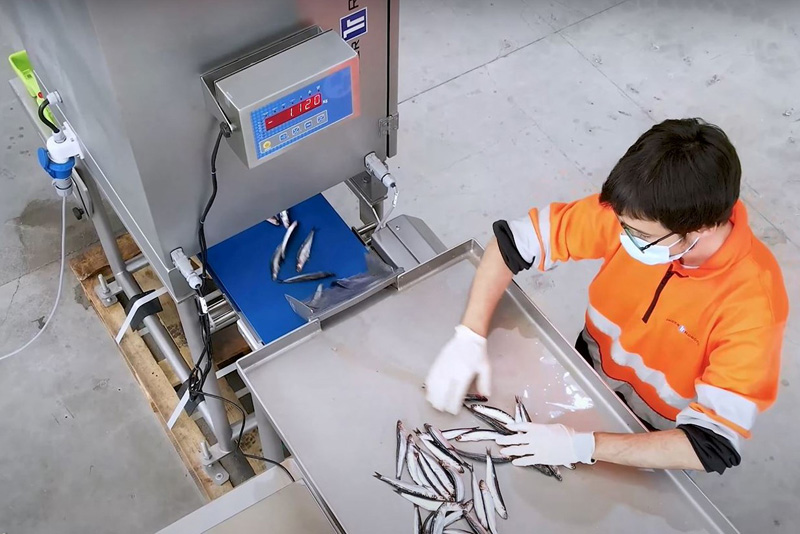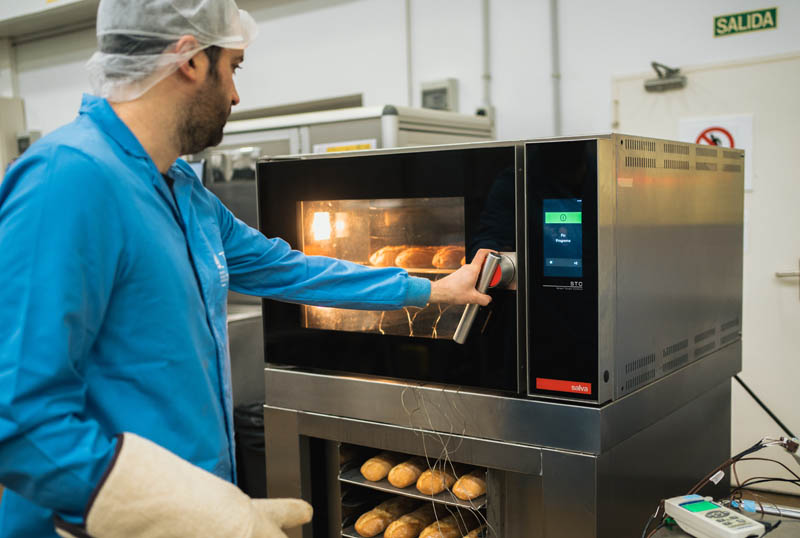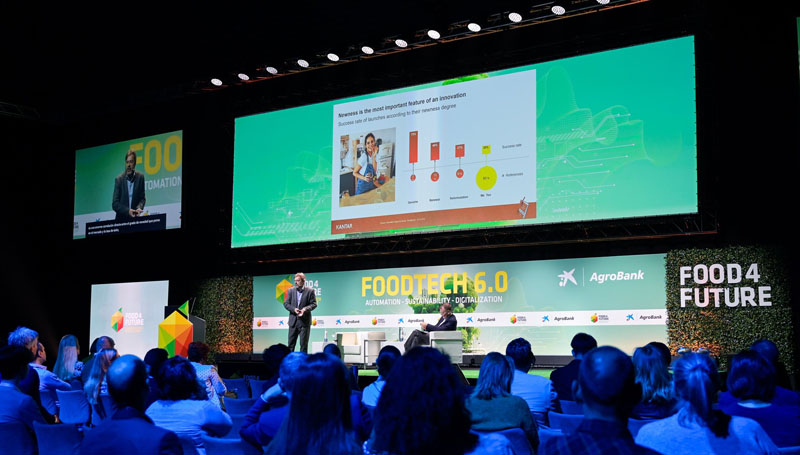Automatic counter for anchovies and small pelagics with artificial vision: a practical case of digitalisation for the fishing sector
Últimas noticias
Una mirada LGTBIQ+ al reino animal
Circular Economy in Action: Valorisation of By-products through Projects like PRIMA NEWFEED
Strategic Perspectives: Highlights from the Food4Future World Summit for Business Leaders
La digitalización ofrece soluciones a muchos sectores, y la pesca es uno de ellos. Pero, sea el sector que sea, para que el proyecto sea un éxito tiene que haber colaboración. A continuación, explicamos un caso práctico: el desarrollo de la máquina contadora de anchoas con visión artificial.
Digitalisation offers solutions for many fields, and fisheries is one of them. But whatever the sector, for the project to be a success, there has to be collaboration. Here is a case study: the development of the anchovy counting machine with artificial vision.

Índice de contenidos
Identifying a demand
The economic value of anchovies depends on what is called grain, that is, the number of anchovies per kilo.
The usual procedure to know the grain is to take a sample, e.g. three boxes per batch, and count the anchovies manually. This results in disadvantages such as:
- High human effort
- The speed is not optimal
- Disagreements between ship and fish market
- Complaints
El valor económico de las anchoas depende de lo que se denomina grano, es decir, el número de anchoas por kilo.
El procedimiento habitual para conocer el grano consiste en extraer una muestra, por ejemplo, tres cajas por cada lote y contar las anchoas manualmente, dando lugar a inconvenientes como:
- Un gran esfuerzo humano
- La velocidad no es óptima
- Desacuerdos entre barco y lonja
- Reclamaciones
Faced with this challenge, OPEGUI, the Organisation of Inshore Fishing Producers of Gipuzkoa, proposed that we develop an automatic (and objective) anchovy counting system that digitally records this data and incorporates it into the current traceability system.
Development of the counting system
First of all, all the requirements and specifications were established:
- Minimum counting speed
- Capacity to count a minimum number of boxes per day
- Pre-sorting space for selecting units or removing foreign bodies
- Weighing capacity before and after counting
- Modular design for easy relocation, assembly and disassembly
Using this information, a modular prototype was designed, which can be installed and uninstalled during and after the fishing campaign, meets hygiene standards and works in adverse conditions of humidity and salinity.
The selection of the counting technology was then carried out. This was done taking into account the maturity, ease of online implementation, speed of processing, or sensitivity of the different technologies.
For this purpose, position, distance or displacement control sensors were evaluated, as well as capacitive, laser, magnetic-inductive systems and, among them, machine vision, which turned out to have the greatest potential.
At this point, a commercial partner was sought, a technological company that had the knowledge and was capable of providing these machines with artificial intelligence. This partner turned out to be INSER Robótica, which was in charge of developing the prototype of the 4.0 solution. They were also responsible for equipping the machine with artificial intelligence, in order to make the counting method as robust and secure as possible.
Result
Once the counting machine or booth was developed, it was validated in the fish market and has already been adopted by some fishermen’s associations.
The anchovy counter with artificial vision allows the counting of anchovies, as well as the instantaneous calculation of the grain or units per kilogramme. It is able to recognise an anchovy regardless of position, size, condition, etc., with an error rate of 2%. In addition, the machine has been learning and is now able to identify a wide variety of species that need to be counted quickly and accurately.







